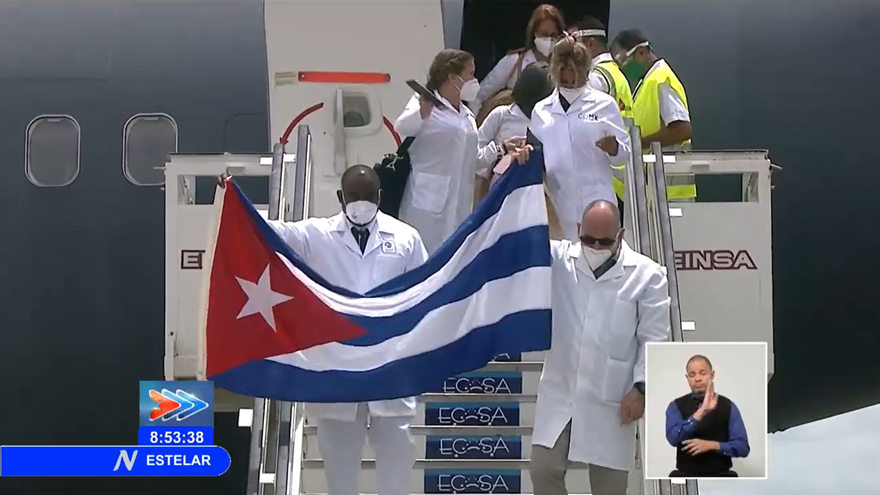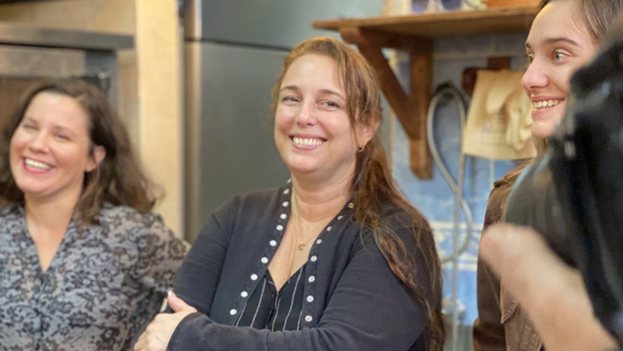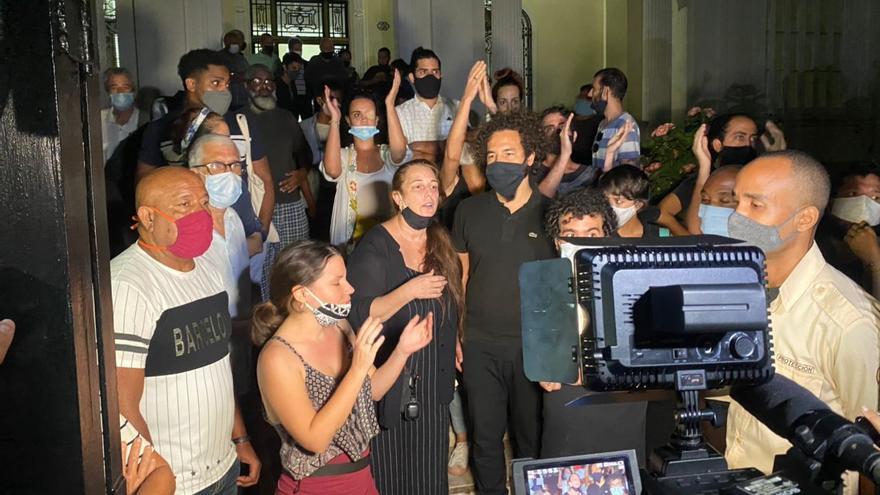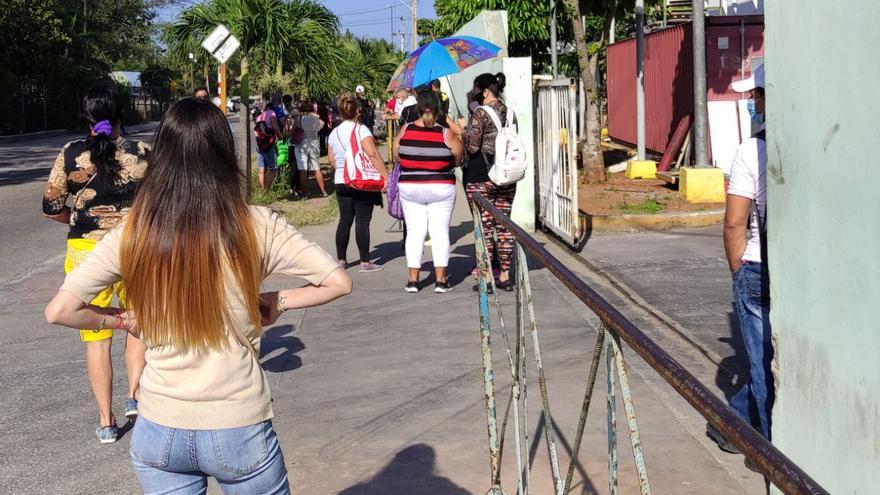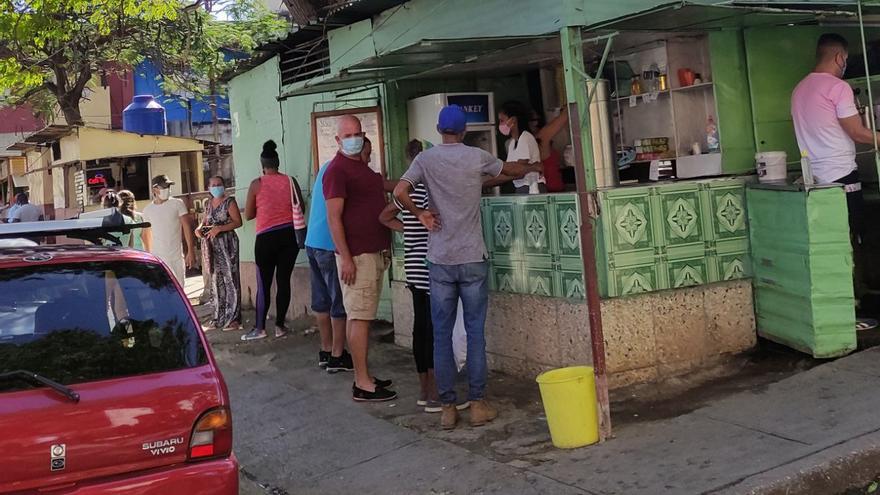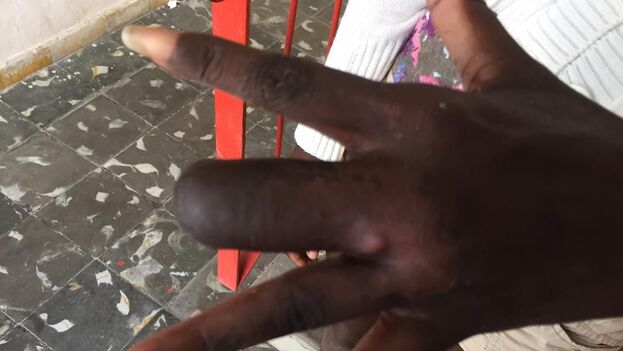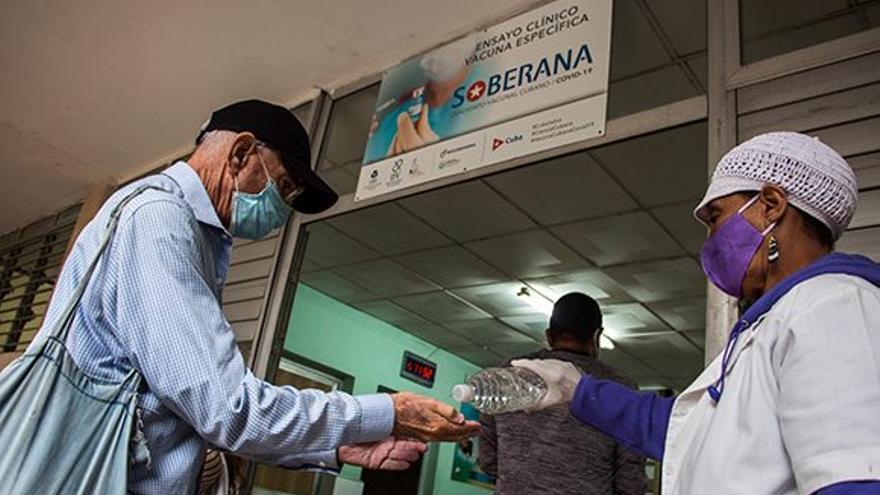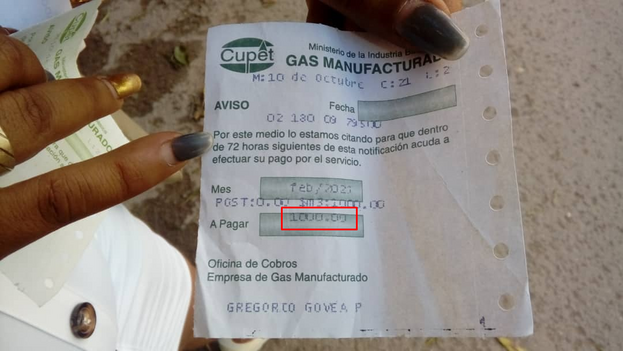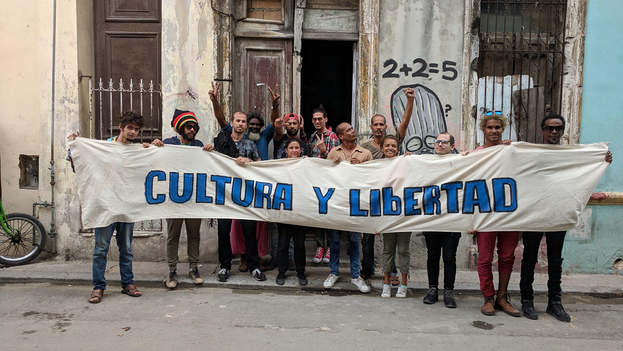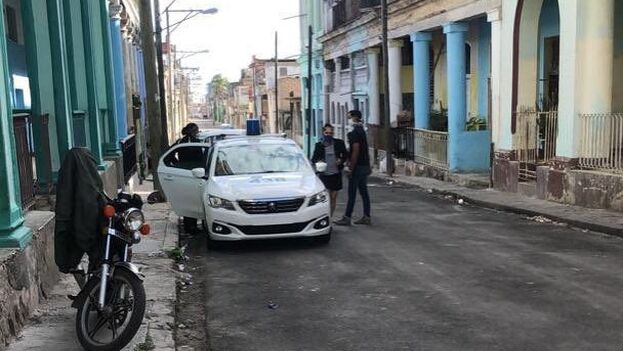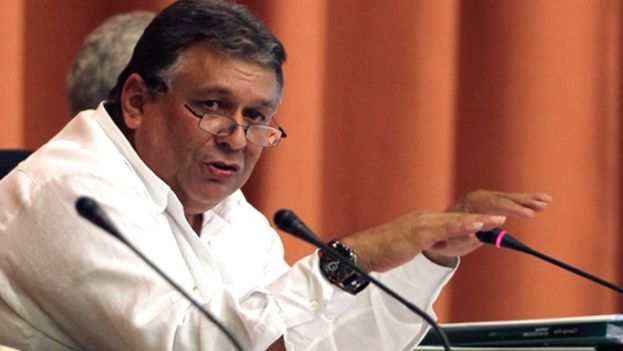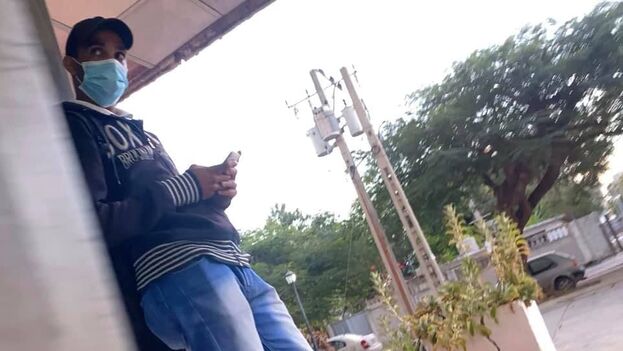
![]() 14ymedio, Luz Escobar, Havana, 15 March 2021 — “You can’t go out today.” It is the ninth day in a short span this year that I get the same blunt message from a State Security agent who prevents me from crossing the threshold of the building.
14ymedio, Luz Escobar, Havana, 15 March 2021 — “You can’t go out today.” It is the ninth day in a short span this year that I get the same blunt message from a State Security agent who prevents me from crossing the threshold of the building.
Decried by various international organizations, besieging independent journalists and activists has been the dominant repressive strategy in recent months, along with arbitrary arrests lasting several hours.
I’m one of those who has suffered from it from time to time since December 2014, when artist Tania Bruguera called for a performance without permission in the Plaza of the Revolution. In addition, since May 2019, a ban on leaving the country has been weighing on me, and I have been the victim of several arbitrary arrests, suspension of my cell phone line and threats to my family members. continue reading
However, the harassment escalated since last November. During that time, almost a score of artists from the San Isidro Movement (MSI)were imprisoned and some of them went on hunger strikes for the release of rapper Denis Solís, sentenced in a summary trial to eight months in prison for an alleged crime of “disrespect”.
Decried by various international organizations, besieging independent journalists and activists has been the dominant repressive strategy in recent months
But the State Security agent who identified himself as Ramses did not provide any reason last November 23rd to prevent me from leaving my building with my two daughters. He didn’t know why he was doing it, he told me. He was only following orders.
“We are not going to allow you to influence the public space”, he told me on November 25th, once again blocking my way.
The following day, the political police, disguised as cleaning men, violently evicted the MSI activists from their headquarters, and on the 27th, a peaceful demonstration of 300 artists in front of the Ministry of Culture ended in a meeting of about thirty of them with the vice minister Fernando Rojas.
Since then, they have not given me a break. In December, they didn’t let me leave the house for a whole week. “You can’t go out”, they repeated every day. On the 10th, fed up, I told the officer on duty: “Tomorrow I’m going to leave whether you like it or not, this is turned into an abuse”, and he remained silent. On December 11th I was able to hit the street.
In December, they didn’t let me leave the house for a whole week. “You can’t go out,” they repeated every day
On January 27th, two months after the demonstration, a new “siege” of my front door began that would last four days in a row. That Wednesday, several members of the 27N group once again planted themselves before the Ministry, located in El Vedado, to attend a meeting with Rojas and demand the release of some of his colleagues who had been arrested early that morning. Within hours they were violently evicted and transferred by bus to a police unit.
On February 2nd and 22nd, the operation was repeated for no apparent reason. That time, they also cut my mobile service. In no case do the officers give explanations, but repressive acts do not fail to take place on significant dates, such as International Human Rights Day or the anniversary of the death of Fidel Castro.
“Luzbely, you can’t go out today.” Again, the order was issued on March 8th, International Women’s Day, which is why the agent on duty, a skinny man she had never seen before, felt compelled to cynically say goodbye: “Congratulations!”
On March 12th, I ran into the same guy. The night before, on national television, the presenter Humberto López denounced, during his spot on the News program that some opponents had planned a protest in the Plaza de la Revolución, something completely false.
This March 15th is the third day of this month that I am under surveillance. This Monday’s agent is accompanied by two female officers and he refused to show me his ID. He says that I have already seen him “at other times”.
Translated by Norma Whiting
____________
COLLABORATE WITH OUR WORK: The 14ymedio team is committed to practicing serious journalism that reflects Cuba’s reality in all its depth. Thank you for joining us on this long journey. We invite you to continue supporting us by becoming a member of 14ymedio now. Together we can continue transforming journalism in Cuba.

